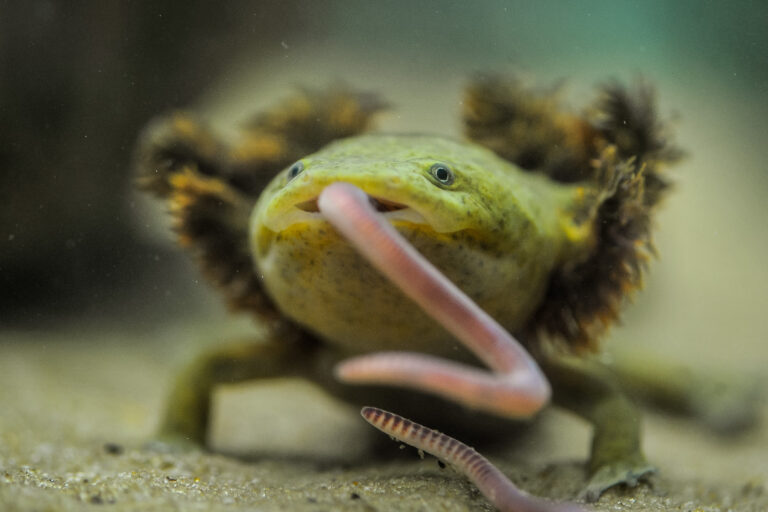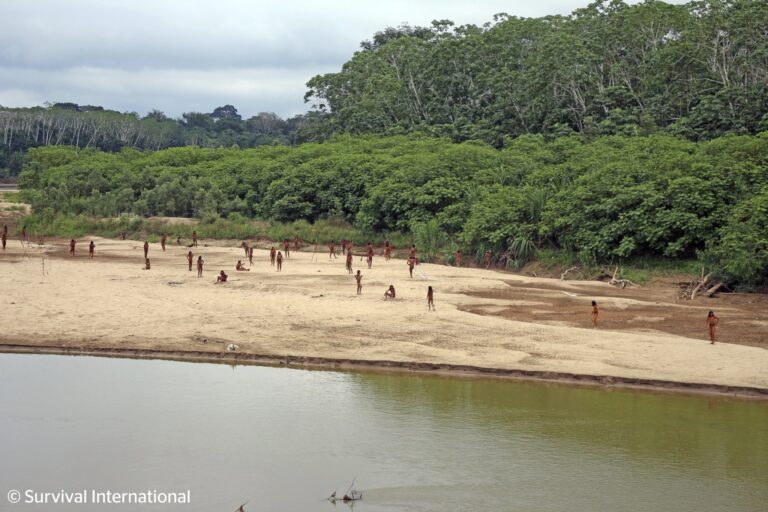- Environmental DNA in small samples of seawater can show whether white sharks are in an area.
- In a pilot study, researchers found genetic material from white sharks along two southern California beaches where drones and tagging data indicated white sharks were present.
- Refining this technique could minimize dangerous human-shark interactions and improve shark conservation efforts.
Sharks shed bits of themselves into the ocean constantly. Scientists can now use DNA in these bits to monitor whether white sharks – commonly called great whites – are swimming nearby. This tool could inform decisions about which shark habitats to conserve and help swimmers and surfers avoid potentially dangerous interactions with sharks.
Typically, researchers look for white sharks (Carcharodon carcharias) in video footage from drones or analyze satellite data from sharks that have been caught, tagged and released. But these methods have limitations: drones only get useful footage on days with good visibility, and tags only send signals when a shark’s dorsal fin breaks the surface.
Now, a recent pilot study published in Frontiers in Marine Science showed that researchers can detect white sharks swimming in an area from the environmental DNA, or “eDNA,” they leave behind. It’s a proof-of-concept that eDNA sampling works for white sharks — a species that is large, rare, and highly mobile.
“The environmental DNA approach is a new tool in the toolkit to keep track of a species that’s notoriously difficult to keep track of,” said marine ecologist Kevin Lafferty at the U.S .Geological Survey and adjunct faculty at the University of California, Santa Barbara, first author on the study.

Marine organisms shed cells when they swim, urinate and defecate. These cells rupture, releasing tiny pieces of eDNA that float in the water. Researchers can sample water, extract eDNA, and check for matches with known white shark DNA. This feat is only possible with a highly sensitive technique called digital droplet PCR, which amplifies a few DNA molecules in a single drop of water.
To collect the samples, Lafferty paddled a stand-up paddleboard to sites off the coast of Santa Barbara, California, and scooped up six 250-milliliter (8-ounce) samples of ocean water. He sampled two beaches where white sharks were present – based on sightings and tagging data – and two other locations about 2 kilometers (1.2 miles) away, where sharks were unreported.
Then Lafferty and his colleagues poured the seawater over extra-fine filters to extract eDNA. They compared these fragments to a known section of DNA specific to white sharks, consisting of just 163 genetic units called base pairs. The scientists identified matches in the samples taken near beaches where sharks where spotted, but they found no traces of white shark eDNA in the other samples.
“It’s amazing that we got [a DNA] signal at all,” said marine biologist Chris Lowe of California State University, Long Beach, senior author on the paper. “And it was amazing that a mile away we got nothing measurable. That got us excited that maybe this is a viable tool.”
These early results are interesting and convincing, said marine ecologist David Mouillot of the Université de Montpellier in France, who was not involved in this study. “This field isn’t very mature, so it’s always good to do these double-checks to see whether what we see in eDNA is realistic or totally silly,” Mouillot said.

In the future, Lafferty and Lowe envision a fleet of nearshore robots that continuously sample ocean water and send text alerts to lifeguards when they detect white shark eDNA. The researchers also hope eDNA sampling will help marine ecologists map white shark habitats, informing decisions about which areas to prioritize for conservation.
But they acknowledge that they first must refine the approach. They need to understand how quickly eDNA degrades and how far it can spread in the ocean while remaining intact— factors that might differ among marine environments. For example, eDNA could collect in shallow waters along beaches but disperse further in open waters.
“We still need to hammer out the details,” said Lowe. “Our goal right now is to give lifeguards good information about which sharks are out there, what they’re doing, and how much time they’re spending at beaches.”
Citation
Lafferty K.D., Benesh K.C., Mahon A.R., Jerde C.L. and Lowe C.G. (2018). Detecting southern California’s white sharks with environmental DNA. Frontiers in Marine Science. 5:355. doi: 10.3389/fmars.2018.00355
Sofie Bates (@sciencesofie) is a current master’s student in the Science Communication Program at the University of California, Santa Cruz. Other Mongabay stories produced by UCSC students can be found here.













